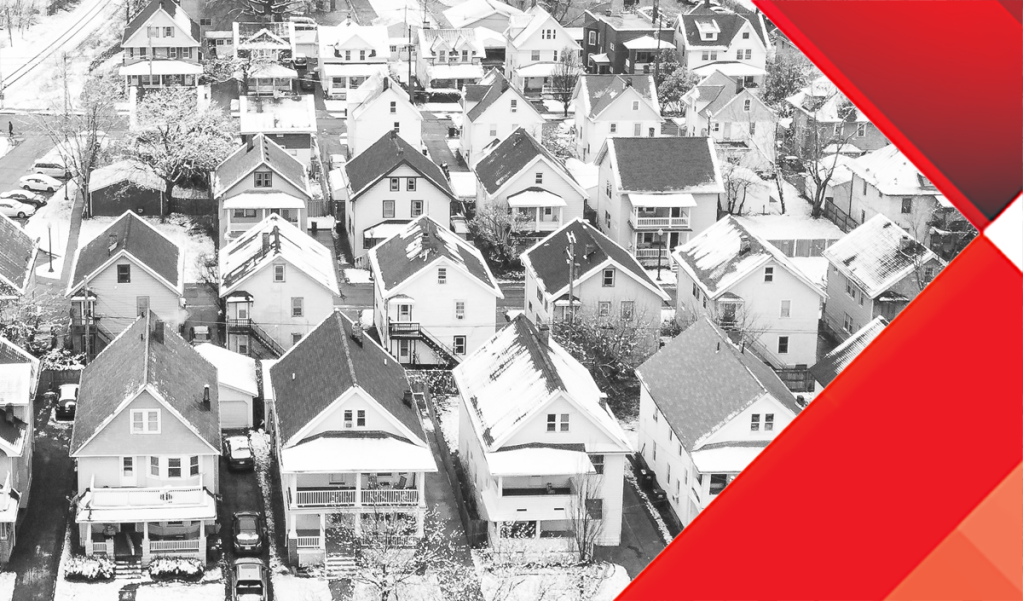The number of active listings rose 18.7% year over year in June, according to Realtor.com’s Monthly Housing Trend Report, released Thursday. The increase represents the fastest yearly pace ever recorded by Realtor.com. Despite the increase, the number of active listings remains 53.2% below its June 2019 level.
Active inventory increased year over year in 40 of the 50 largest U.S. metros with Austin, Texas, experiencing the largest annual increase at 144.5%, followed by Phoenix at 113.2% and Raleigh, North Carolina, at 111.7%.
The number of new listings rose at an annual rate of 4.5%, with the largest annual new listing gains in Raleigh, North Carolina (37.6%), Nashville, Tennessee (37.2%), Las Vegas (34.8%) and Charlotte, North Carolina (30.1%).
“Our June data shows the inventory recovery accelerated, posting the second straight month of active listings growth in nearly three years. We expect these improvements to continue, as predicted in our newly-updated 2022 forecast,” said Danielle Hale, the chief economist for Realtor.com, according to a statement.
Experts attribute the jump in the number of listings to new sellers entering the market at a higher rate than in 2017-2019, prior to the pandemic. In addition, record-high asking prices and rising interest rates are driving many buyers out of the market, which contributed to pending home sales declining 16.3% year over year.
Nationwide, the median listing price hit a new all-time high of $450,000, up 16.9% from a year ago and 38.5% from June 2019. However, the gain represents a smaller increase than last month’s annual gain of 17.6%.
In 15 of the largest markets, listing prices grew at a faster annual pace than the national rate, with Miami (40.1%), Orlando, Florida (30.6%) and Nashville, Tennessee (30.6%) leading the way. On the other end of the spectrum, Pittsburgh (-8.6%), Rochester, New York (-5.9%), Cincinnati (-5.7) and Buffalo, New York (-2.0%), posted yearly declines in asking prices.
“While we anticipate that more inventory will eventually cool the feverish pace of competition, the typical buyer has yet to see meaningful relief from quickly selling homes and record-high asking prices,” Hale said.
According to Hale, the increase in larger, more expensive homes as a share of new listings is one reason overall asking prices continued to rise in June, despite slowing demand. Homes with at least 1,750 square feet accounted for 54.3% of new listings, up from 52.7% a year prior. On the other hand, the share of relatively smaller homes hitting the market in June dropped from 47.3% in 2021 to 45.7% this year.
“A deeper dive into June’s inventory gains by square footage reveals potential opportunities for move-up buyers, as newly-listed homes skewed larger. In other words, this first wave of supply improvements may be particularly opportune for summer sellers looking to upgrade from their starter homes,” Hale said.
Year over year, the share of active listings with price reductions increased 7.3 percentage points to 14.9%, with the price reduction rate posting a yearly increase in all but one (Hartford, Connecticut, down 0.7 percentage points) of the 50 metros analyzed. Overall, roughly one in seven homes in June had a price reduction, compared to one in 13 a year prior.
While agents and brokers across the country acknowledged the market is slowing, the median number of days on market dropped four days year over year to 32 days. Month over month, however, overall time on market increased slightly, the first time the metric increased from May to June since 2019.
Despite higher list prices, homes with square footage of 3,000 to 6,000 square feet sold faster year over year (down 8.5 days) than homes with 750 to 1,750 square feet (down 5 days).
Overall, 34 of the 50 largest metro areas saw annual declines in time on market, with Miami (down 22 days), Hartford, Connecticut (down eight days) and Orlando, Florida (down seven days), recording the largest annual declines. The time on market was flat year over year in six of the markets and increased in 10 markets, led by Austin, Texas (up six days).

